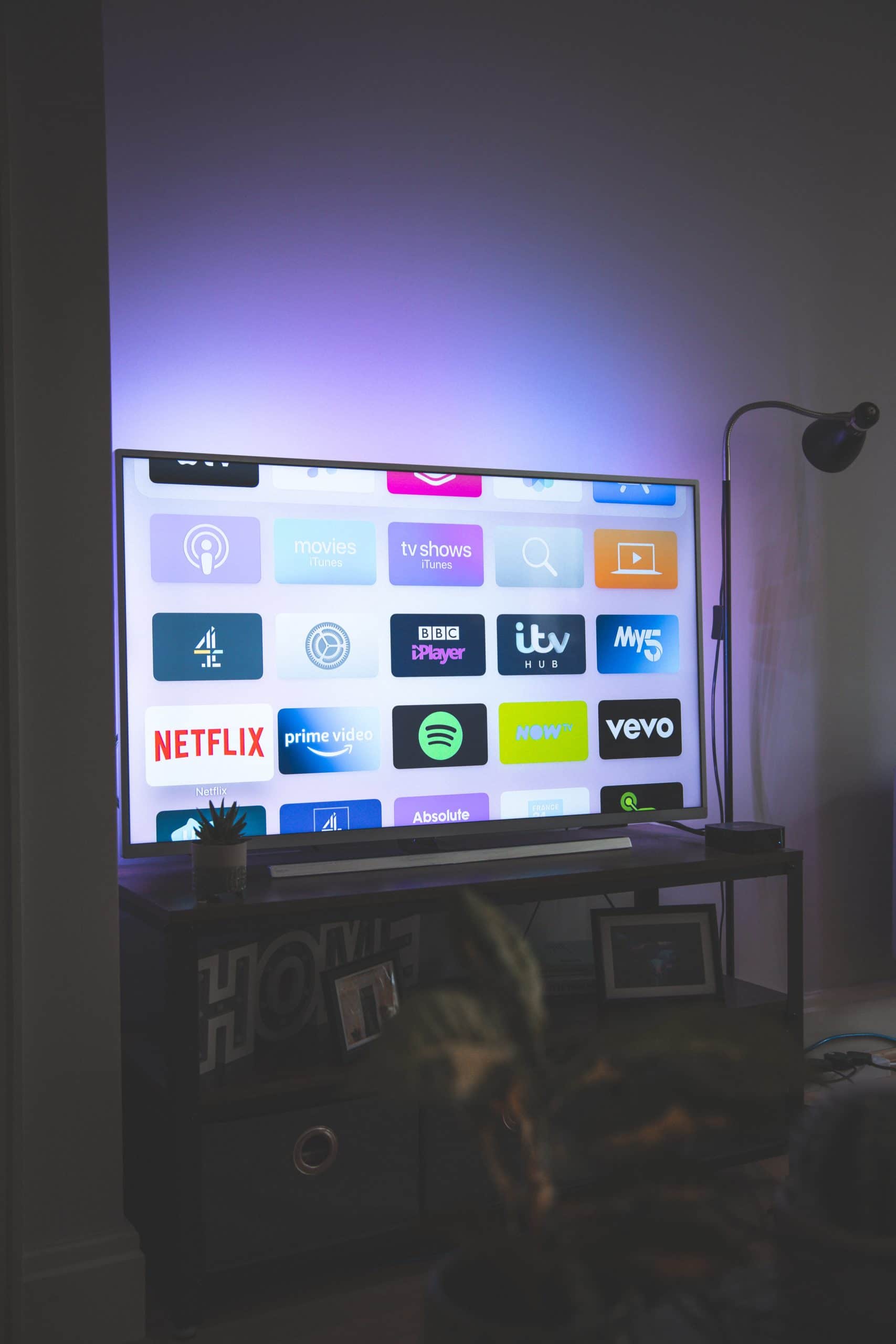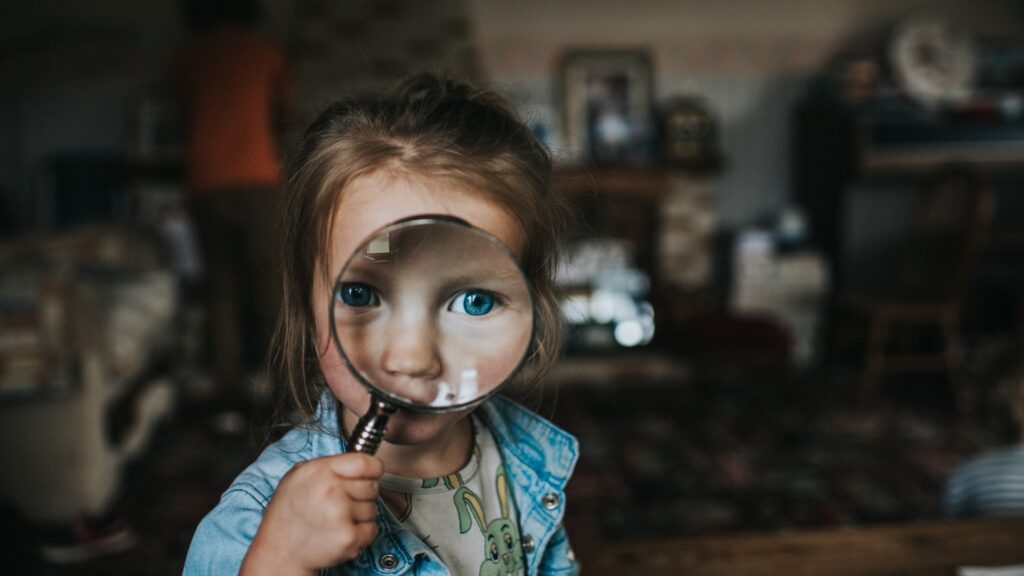Growth Trends 2022: Welcome to a New Branded Entertainment Age
As brands continue to seek ways of creating standout and a deeper connection with their customers, many are using a portion of their ad-spend to re-invest in advertiser funded programming. While this approach is not new, the world has changed immeasurably in the last year. So, branded entertainment offers an ever more tangible solution thanks to the fact that it is increasingly quantifiable with advancements in ad-tech, targeting and content distribution across eco-systems that extend beyond linear TV; advancements that offer an elevated level of validity and guaranteed metrics and supercharged opportunities for quality entertainment.
Evolving at speed pace, the pandemic a perfect storm
The branded entertainment resurgence has picked up pace in recent years as commissioning teams and broadcasters have collaborated with brands and media agencies on an unprecedented scale, allowing brands access to their trusted editorial environments.
As the global pandemic saw UK programming budgets come under increased pressure, at Wavemaker we saw the number of branded entertainment opportunities increase exponentially with more brands investing in branded entertainment. Most productions were halted, and broadcasters needed to fill their schedules. This period accelerated advertiser investment in formats that offered them a platform to connect and grow. Brands, broadcasters, and producers worked together to fill our schedules with content that was focused on community, wellness or simply entertained us while we were confined to our homes.
It wasn’t only more opportunities flooding the market that led to the surge in branded entertainment, as marketers, we now have more access to viewer insights, engagement and social conversation making it an exciting opportunity for both brands and broadcasters to create hyper relevant content that taps into to consumer concerns and needs. For example, Lloyds got a usually guarded nation talking about their financial woes during a very uncertain time for many families in Save Well Spend Better on Channel 4 and Joe Marler Big Boys Don’t Cry in partnership with Royal London was a documentary that aired on Sky that aimed to dispel myths around mental health by tackling them head on.
More on the horizon
The trend is set to continue in 2022 as broadcasters, brands and producers have garnered an increased understanding of the needs of the other to deliver a valued viewer experience. In terms of linear television, UK broadcasters have premiered over 45 branded funded programmes over the past 3 years with the majority of them airing across peak scheduling.
At the time of writing Channel 4 had launched five new formats across a five-week period including their Black to Front initiative on September 10th where they championed diversity across all Channel 4 programming by featuring black presenters, actors, writers and experts, contributors, and programme-makers. Next year isn’t showing any signs of a slow down with brand formats already being developed across almost all of the major broadcasters.
A way in to walled garden territory
While entertainment choice is great for consumers; it is a different story for brands. Put simply, people spend more time viewing editorial content than watching adverts and with most SVoD platforms avoiding brand promotions, the door remains firmly closed to traditional forms of advertising. However, branded entertainment offers brands, another way to connect with these hard-to-reach consumers.
SVOD services are also on board with Amazon Prime Video and Hulu leading the way. Amazon allow brands to self-publish content on their platform too. While this is not a new development, access to Amazon’s retail ad-tech to drive viewership means media agencies can develop a plan to target a core audience at scale. The ability to publish content in key regions across the globe means a global branded entertainment series can be made available at the push of a button.
The numbers reveal growth in brand perceptions
A recent branded entertainment study by Channel 4 – the first of its kind in the UK – found that branded entertainment had a positive impact across all the KPIs tested with significant shifts for Spontaneous Brand Awareness (+46%), Prompted Consideration (+24%) and Brand Perceptions (+16%). It also found the biggest difference between branded entertainment and traditional spot advertising was in brand perceptions. These were boosted by +29% when the branded content was compared with a traditional spot for the same brand.
Implications for brands
- If long term meaningful communication is a priority, consider how branded entertainment could work for you. How can you ensure your content wins hearts not just eyeballs?
- If you have existing ideas and initiatives around CSR and a strong brand purpose, look at branded entertainment as an option for communicating them.
- If you do have an idea, consider short form as well as long form entertainment (i.e. Tik Tok)
- The spectrum of opportunity is vast – programming is now broader by genre so arguably anything is possible!












